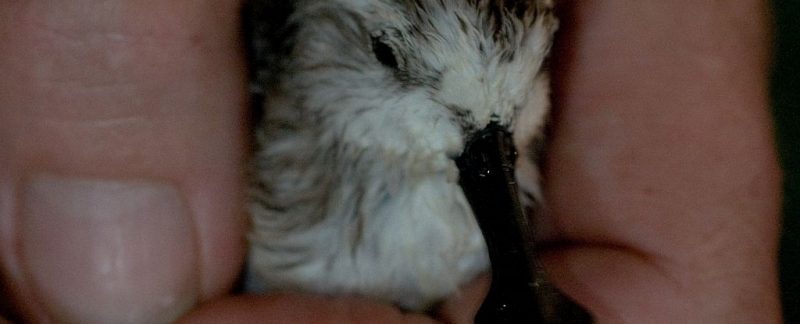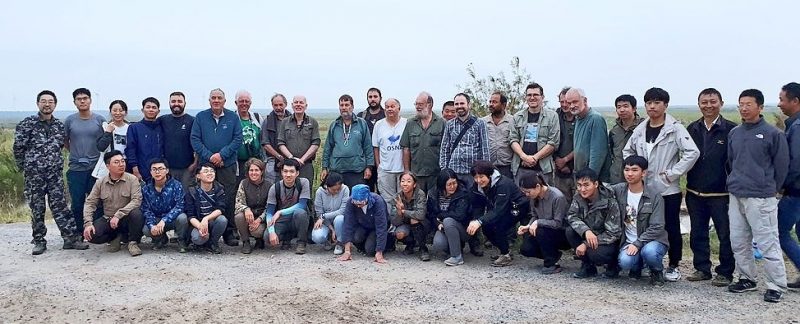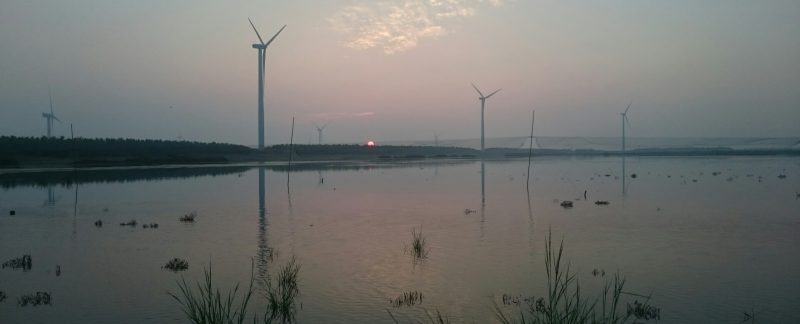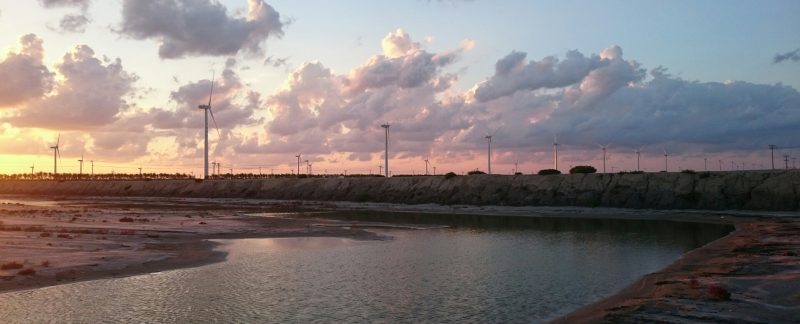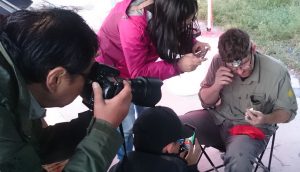Wash Wader Ringing Group members have got involved in assisting with other ringing projects, both in the UK and further afield, since our early days. A paper just out online early in the Journal Wader Study describes the results of some work WWRG members have been involved in as part of a large, multi-national team working on the Critically Endangered Spoon-billed Sandpiper across its range. These extremely cute, endangered waders breed in the far east of Russia, then migrate along the East-Asian-Australasian flyway where they also stop to moult, carrying on to the wintering grounds in southern China, Bangladesh, Myanmar and Thailand – a distance of up to 8,000 km from the breeding grounds. The international team is trying to understand why Spoon-billed Sandpipers are declining and to try to halt that decline – and WWRG members are privileged to have been part of that effort.
Continue Reading →